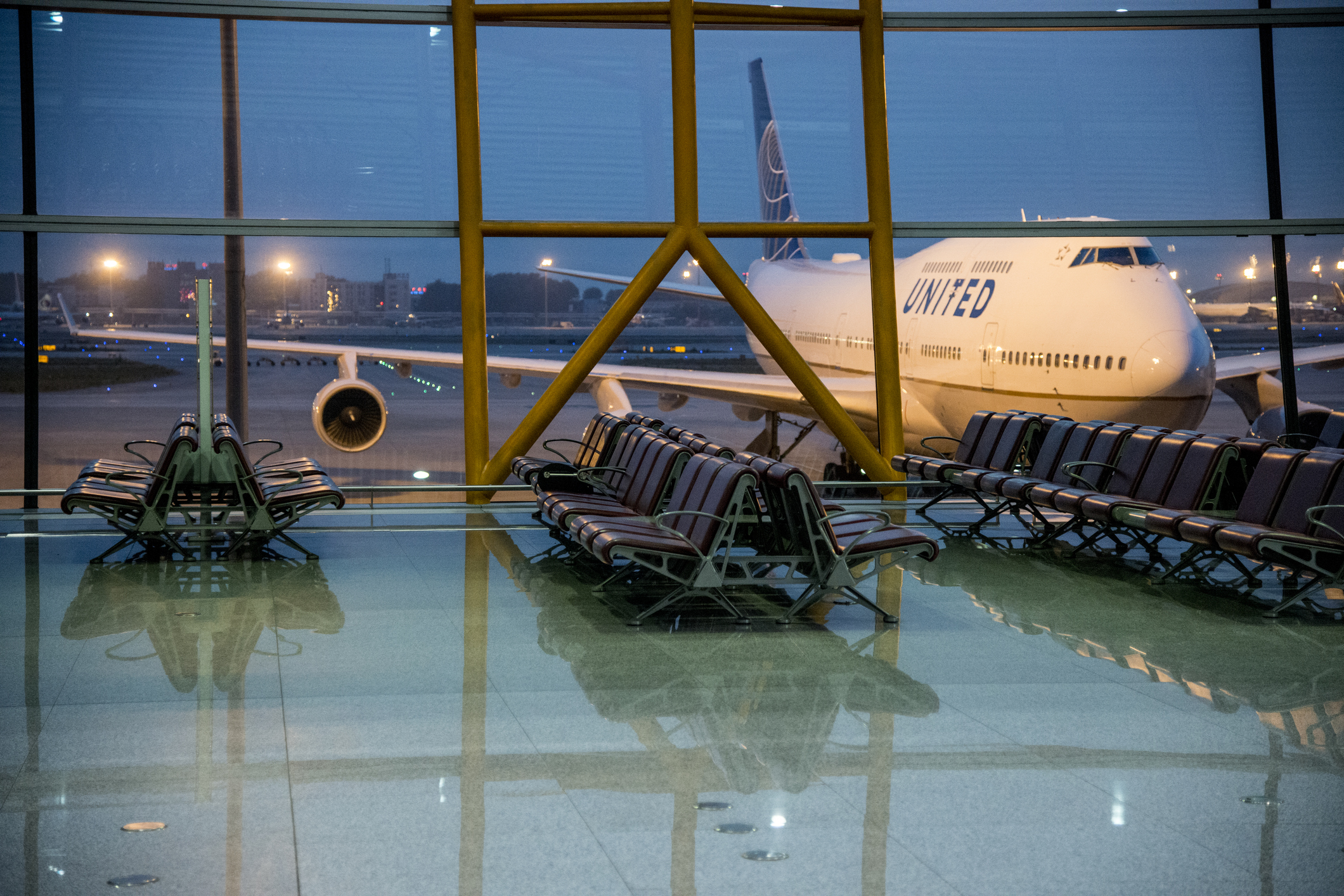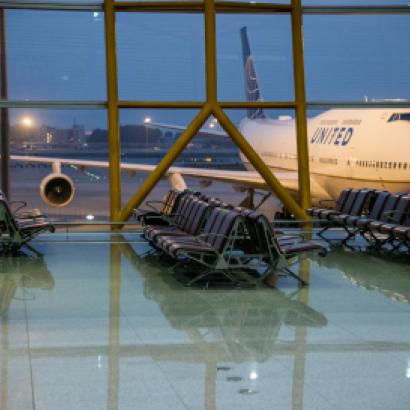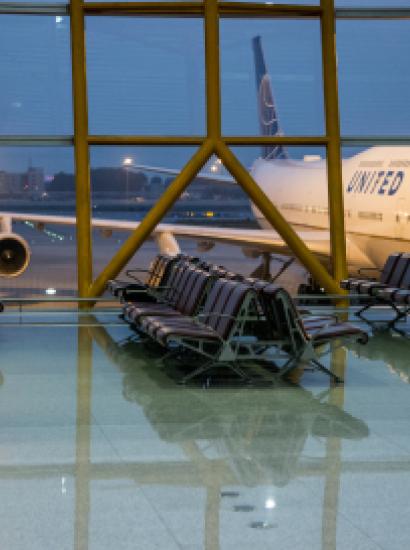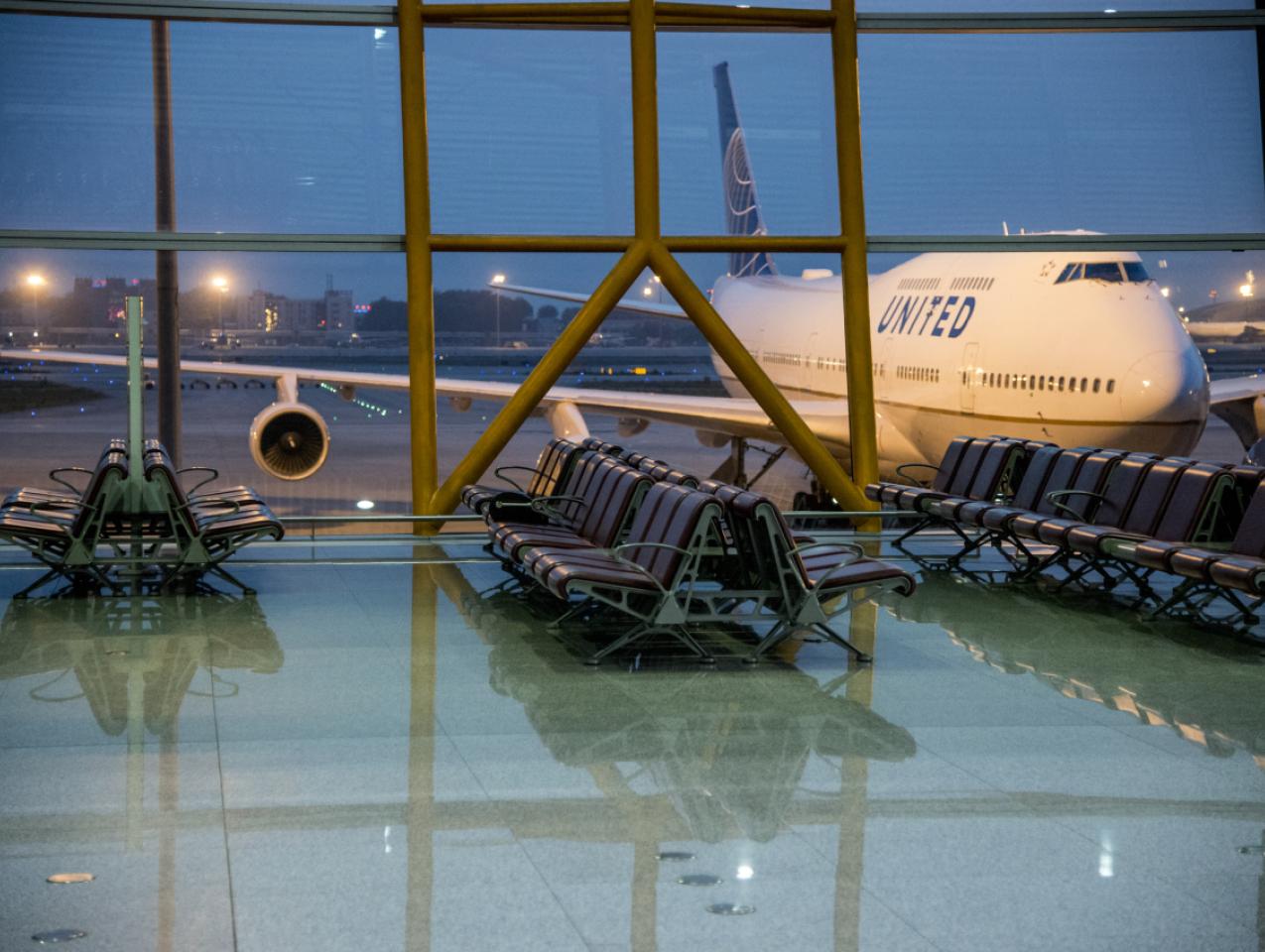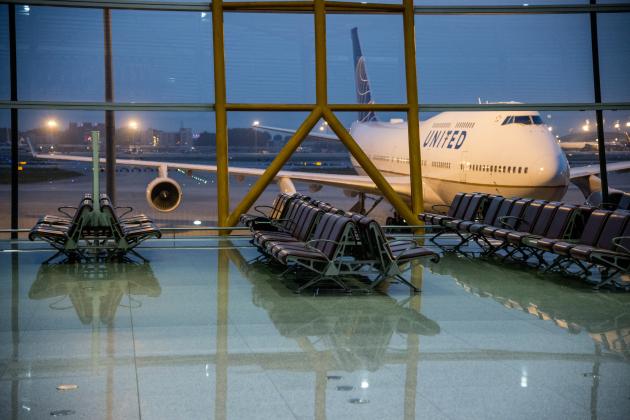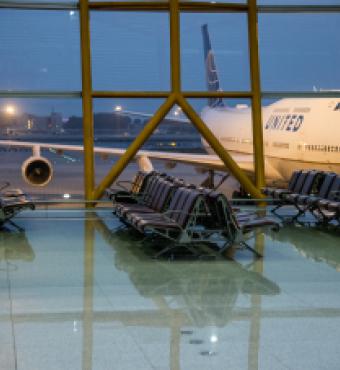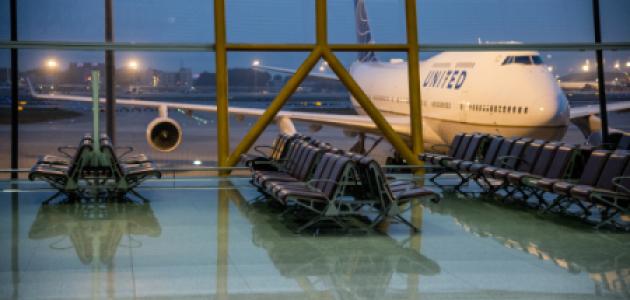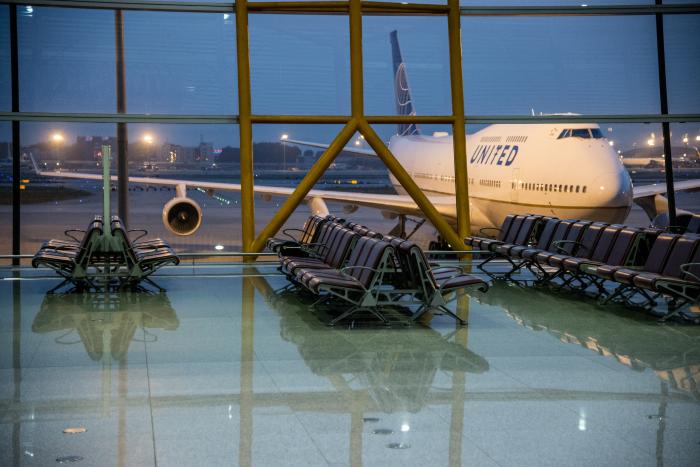- Law & Policy
The English Court of Appeal handed down a blockbuster decision last week which held that the British Government had to take into account the impact on global warming from adding a long-planned and long-delayed third runway to Heathrow Airport. The reason: Britain’s decision to sign the Paris Agreement of December 2015. The Heathrow runway project is estimated to cost some £14 billion and take until 2028 to complete. When completed, the third runway would accommodate 700 additional flights per day, which would significantly increase carbon emissions.
The judicial decision did not scrap the project, but it branded as “legally fatal” the transportation authority’s failure to consider British obligations under the Paris Agreement in formulating its Airports National Policy Statement (ANPS), which sets the standards for the expansion of Heathrow. Accordingly, any new determination to build the third runway there—or indeed any other airport expansion—could easily be challenged again given that ANPS uses an open-ended test that requires the transportation authority to prepare “an Environmental Impact Assessment to identify, describe and assess effects on human beings, fauna and flora, soil, water, air, climate, the landscape, material assets and cultural heritage, and the interaction between them.” (¶ 4.12).
The Government has decided not appeal the decision, and it is uncertain exactly what the new inquiry must cover. But the court did stress that “the Government’s commitment to the Paris Agreement was clearly part of ‘Government policy,’” which “followed from the solemn act of the United Kingdom’s ratification of [the Paris Agreement] in November 2016.” At the same time, the waters are further muddied as the airport owners have indicated their intention to press forward with a judicial appeal to a higher court.
As might be expected, public opinion on the matter was sharply divided. On the one side, business and professional groups have lamented the airport’s inability to end the chronic overcrowding and delay at London’s two major airports (London Gatwick is the other). They fear that the ruling puts on hold British economic advances in the post-Brexit world. On the other side, environmental groups joyously stressed the wider implications: “The bell is tolling on the carbon economy loud and clear.”
This recent set of developments has broad implications on both the legal and political fronts. On the former, this ruling is the first ever to examine the interaction between the Paris Agreement and the domestic law of any of the signatory nations. Previously, that interaction was somewhat unclear because the Agreement’s core substantive commitment stems from the dubious decision to limit “the increase in the global average temperature to well below 2 °C above pre-industrial levels and pursuing efforts to limit the temperature increase to 1.5 °C above pre-industrial levels” in order to reduce the risk of global climate change.
Yet, the Paris Agreement does not impose any binding legal requirements on its signatories. Its only substantive commitment requires each Party to “prepare, communicate and maintain successive nationally determined contributions that it intends to achieve.” This broad language was a strict necessity, as there was no agreed-upon framework on how a system of tighter legal restrictions could be either designed or implemented. But it was at least possible to think that since the Paris Agreement had no teeth, each national government could decide exactly how and when to implement it. With that understanding, there would be no necessary treaty obligation for the British Government to address in the Heathrow expansion. But this ruling controls, even in the absence of any legislation from Parliament.
The point has obvious implications for President Trump’s decision to pull out of the Paris Agreement in 2017, which I fully supported. These oblique modifications of national law could prove exceptionally dangerous in the United States, where enhancing the already extensive and exacting disclosure requirements of the National Environmental Policy Act of 1969 (NEPA) would further slow down major projects that take too long to complete as it is. Thus, there would have certainly been major judicial battles over whether the signing onto the Paris Agreement would have limited the ability of the Trump Administration to propose major changes in NEPA regulations, which the administration did in January 2020.
Trump’s decision to withdraw from the Paris Agreement has continuously been denounced for shattering the fragile equilibrium whereby all nations try, by example, to egg others on to higher levels of climate compliance. After all, why should any other nation bother trying to curb global warming if the United States (not to mention China and India) will always undercut what limited “gains” those other countries could achieve on their own? America’s lack of leadership on climate leadership, many believe, has doomed the Paris Agreement.
Recent events, however, show the shallowness of this argument. Implicit in the Paris Agreement are two assumptions. The first is that without government action, there will be major temperature increases; and the second is that these increases will in turn cause major dislocations.
The first assumption has been called into question by the decline in global temperatures from 2016 to 2018, a fact which should shake the notion that there is any simple and direct correspondence between carbon dioxide levels and temperature. Amid the constant calls for new action, there is powerful recent evidence that the state of the world economy on all relevant issues of life expectancy, agricultural production, disease prevalence, and wealth inequality has sharply improved.
It is also the case that much of the leadership on environmental issues has come from the United States, which has observed since 2015 a consistent reduction in carbon dioxide emissions, without joining the Paris Accords. Thus over the last ten years, market responses to price changes and pollution controls have resulted in a reduction in the use of coal by about 50 percent, which is coupled with a rough doubling of natural gas production, resulting in an aggregate decline in carbon dioxide emissions of about 2 percent in 2019. Notably, the United States met the Paris Agreement’s goals for emissions reduction, even as it has outpaced the rest of the world in the reduction of carbon dioxide emissions. It is therefore impossible to blame the disintegration of the agreement on the decision of the United States to withdraw from it. Perhaps if everyone followed the decentralized U.S. example, carbon emissions would be lower than they are today.
This complicated mosaic has powerful implications for the British impasse. Interestingly, on the same day that the Court of Appeal sidelined the Heathrow expansion on climate grounds, the same panel of justices upheld in a different case the initial decision of the transportation authorities to approve the disputed third Heathrow runway expansion, the so-called Northwest Runway (NWR), over the alternatively proposed Extended Northern Runway (ENR). The Court noted that the Airport Commission had determined that the NWR proposal outperformed the ENR scheme along the dimensions of capacity, respite, noise concentration, air quality and resilience, even though more homes would have to be leveled to implement the NWR than ENR. So even though the Court did not ban the third runway and has found it proper on all other grounds.
This finding raises a collateral question: Now that the case is back before the planning authorities, just how should global warming be taken into account? The obvious objection is that more planes will lead to more emissions. But that simple syllogism is falsified in a number of ways. First, if the new runway is not constructed, will the authorities be able to increase the utilization of existing runways to meet rising demand? If not, what are the consequences of planes being diverted elsewhere? Would this lead to additional emissions from all other transportation facilities? What estimates should be made about the continued reduction in emissions per flight owing to rapid changes in airplane technology, already evident over the past decade? What about other improvements in carbon emissions elsewhere in the economy that will ease the sting of climate change? And given the recent ruling, will older and less efficient trucks, cars, trains, and ships remain in service?
Clearly, the key difficulty in answering any of these questions is the vain effort to reliably project emissions estimates into the future. Therefore, the proper institutional response is to find ways to postpone various decisions as long as possible so that we can acquire better information about both the effects of carbon dioxide on global warming and the effects of global warming on economic growth and human well-being. At this point, an additional runway gives greater options for sustained economic development while still allowing for sensible social control. Undeniably, it is possible to vary taxes on emissions and accordingly limit the number of flights on all three runways in ways that will increase overall transportation output per any given level of social harm.
The opponents of the third runway may announce happily that this recent ruling will lead to the end of fossil fuels. Yet owing to the massive limitations of solar and wind energy to meet an ever-rising demand, they may quickly come to rue their recent court victory.







